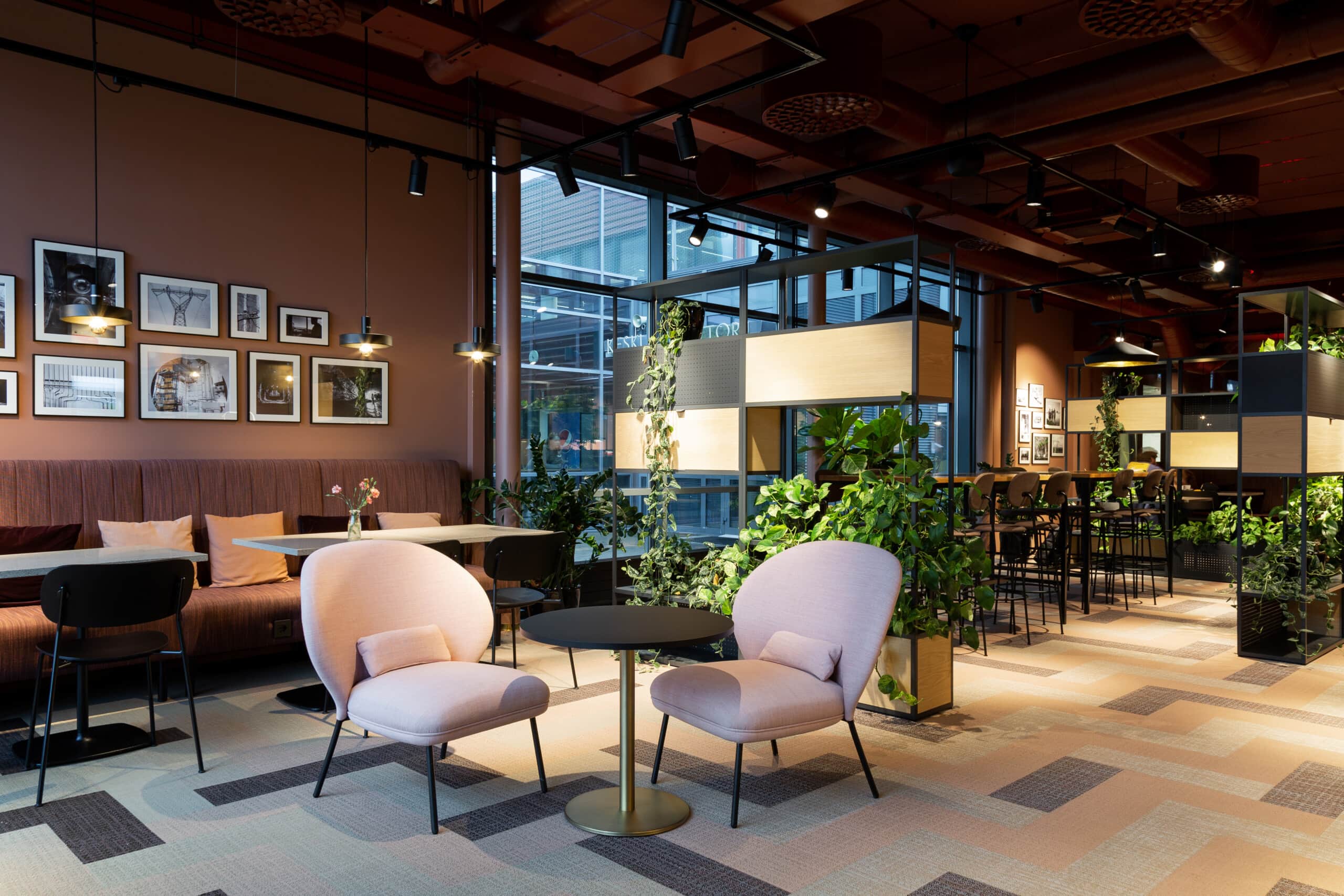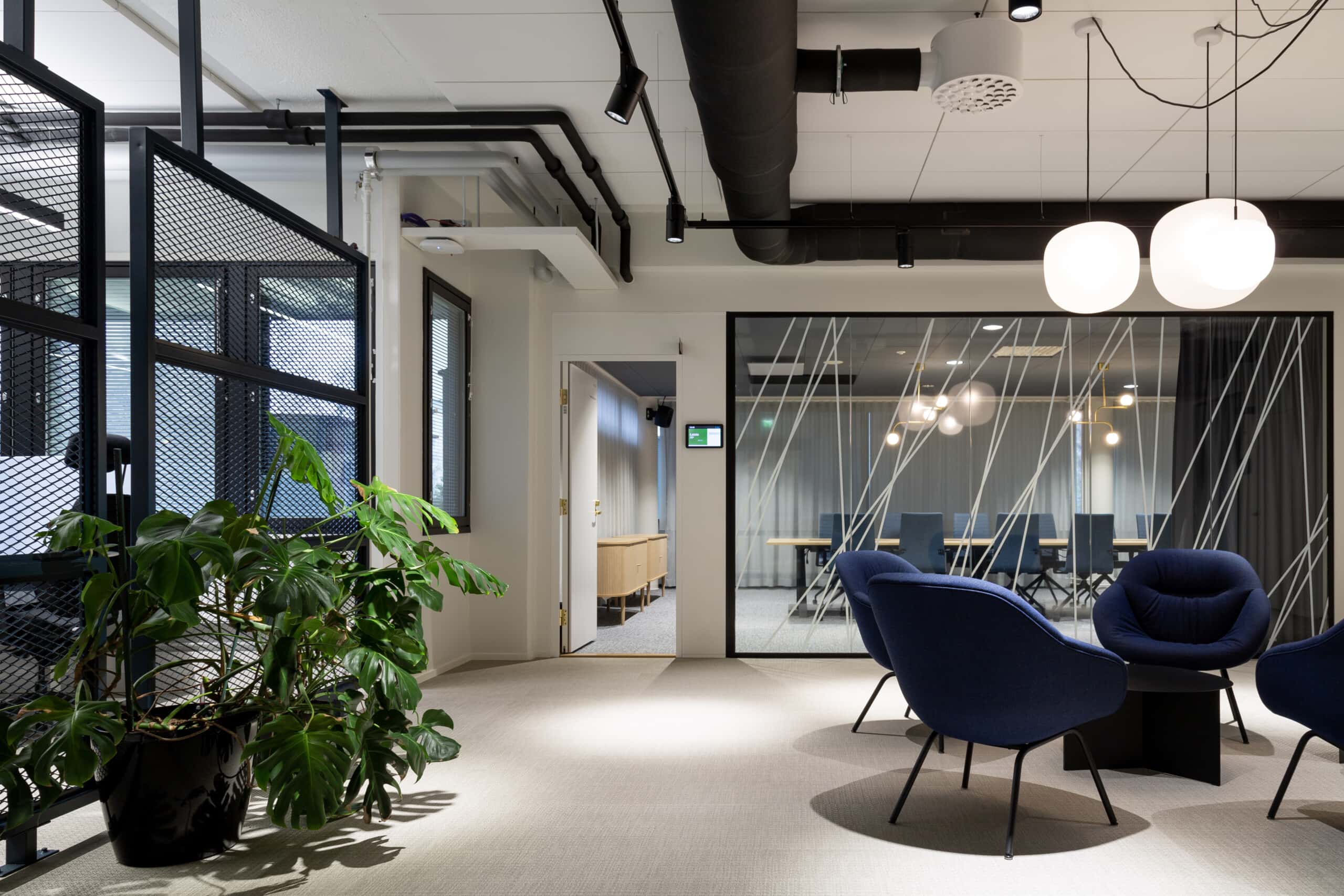
Embarking on a Transformational Journey: Making a Giant Leap from Traditional Offices to Modern Hybrid Work
A rugged atmosphere in line with the industry’s spirit was created by Kohina through the use of space-within-space elements and leaving visible the building’s technical installations.
- “Kohina’s scope of work included main and architectural design, updating building services, obtaining building permit for changes, coordination with M&E design, creating concentration areas, focus spaces, and quick meeting spots: elements related to hybrid work were integrated into the spaces.
- Kohina’s change process was tailored to the client’s needs, presented to the executive board, objectives were defined with management, and staff were engaged through various means, alongside supporting internal change communication within the company.
- By employing Kohina’s workplace change management tools and a customized process for this project, significant transformation was achieved.”
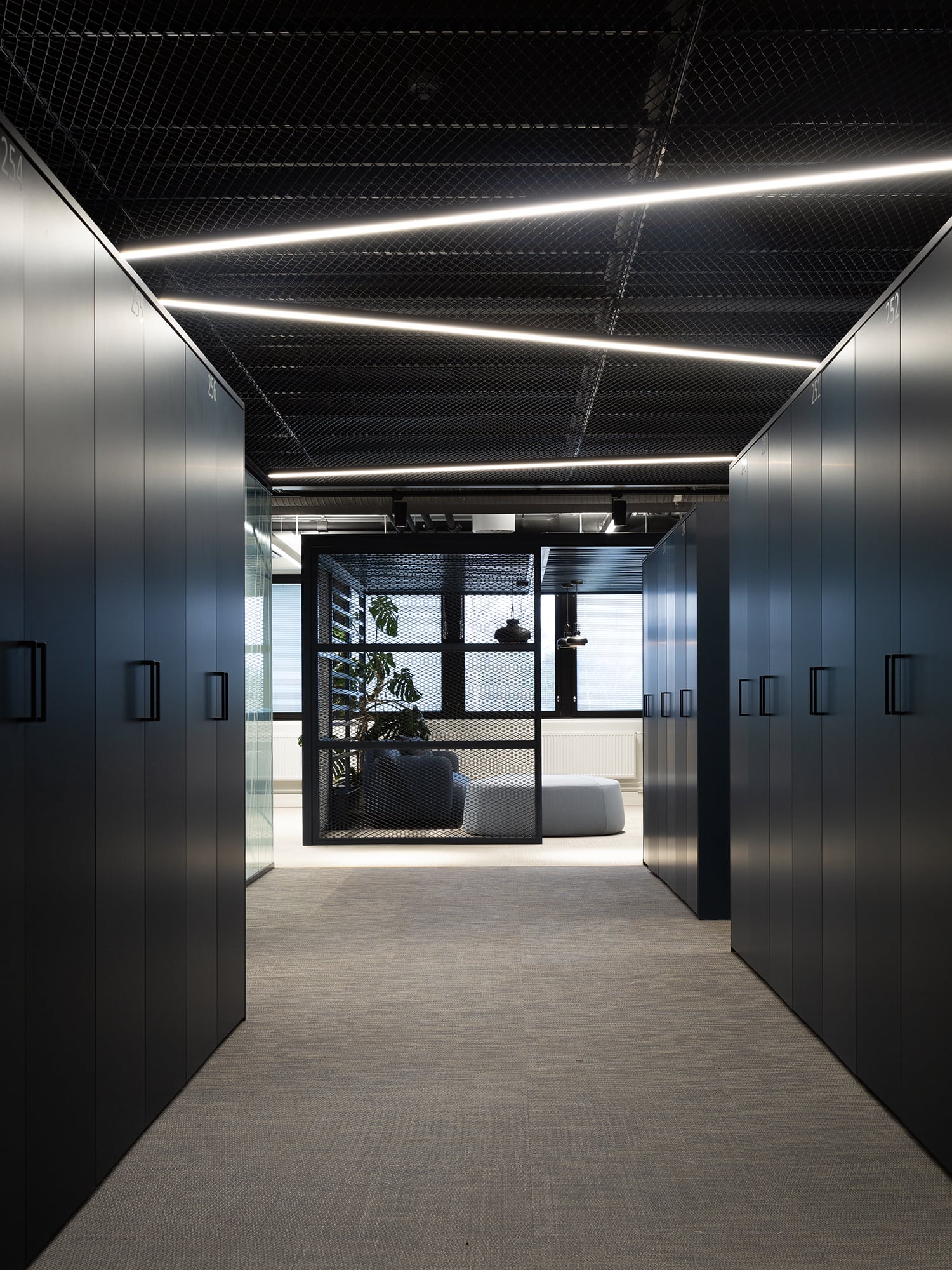
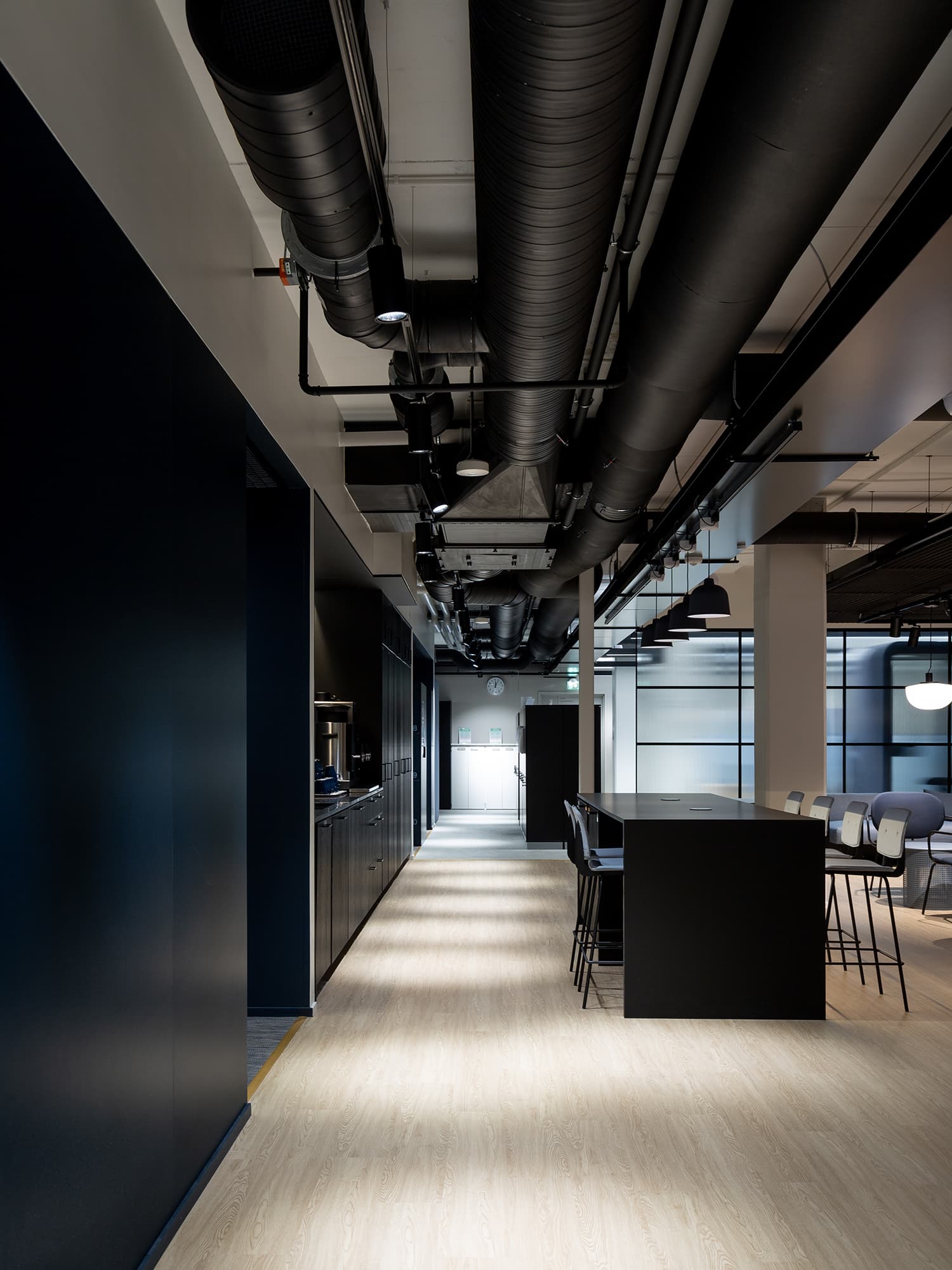
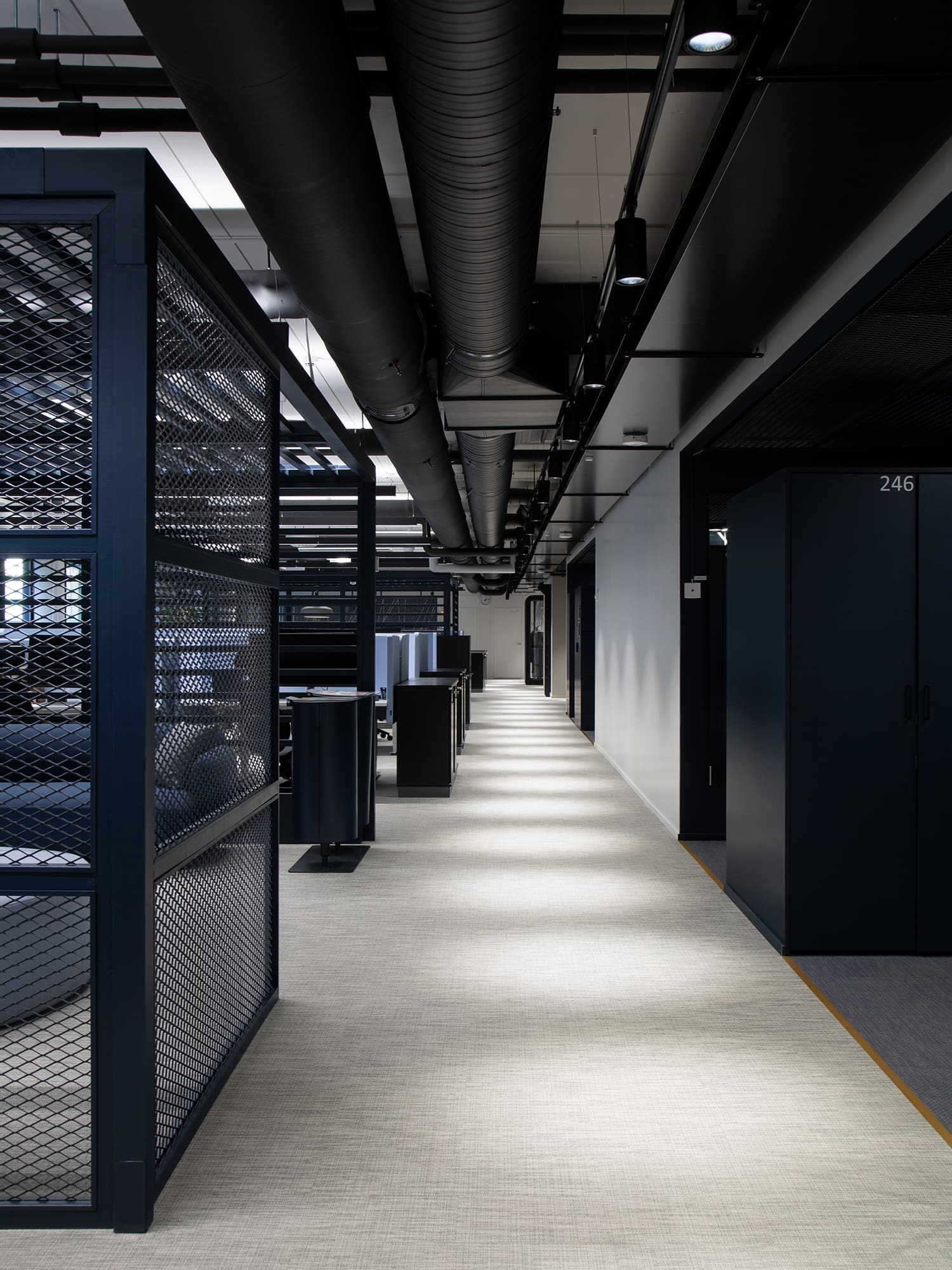
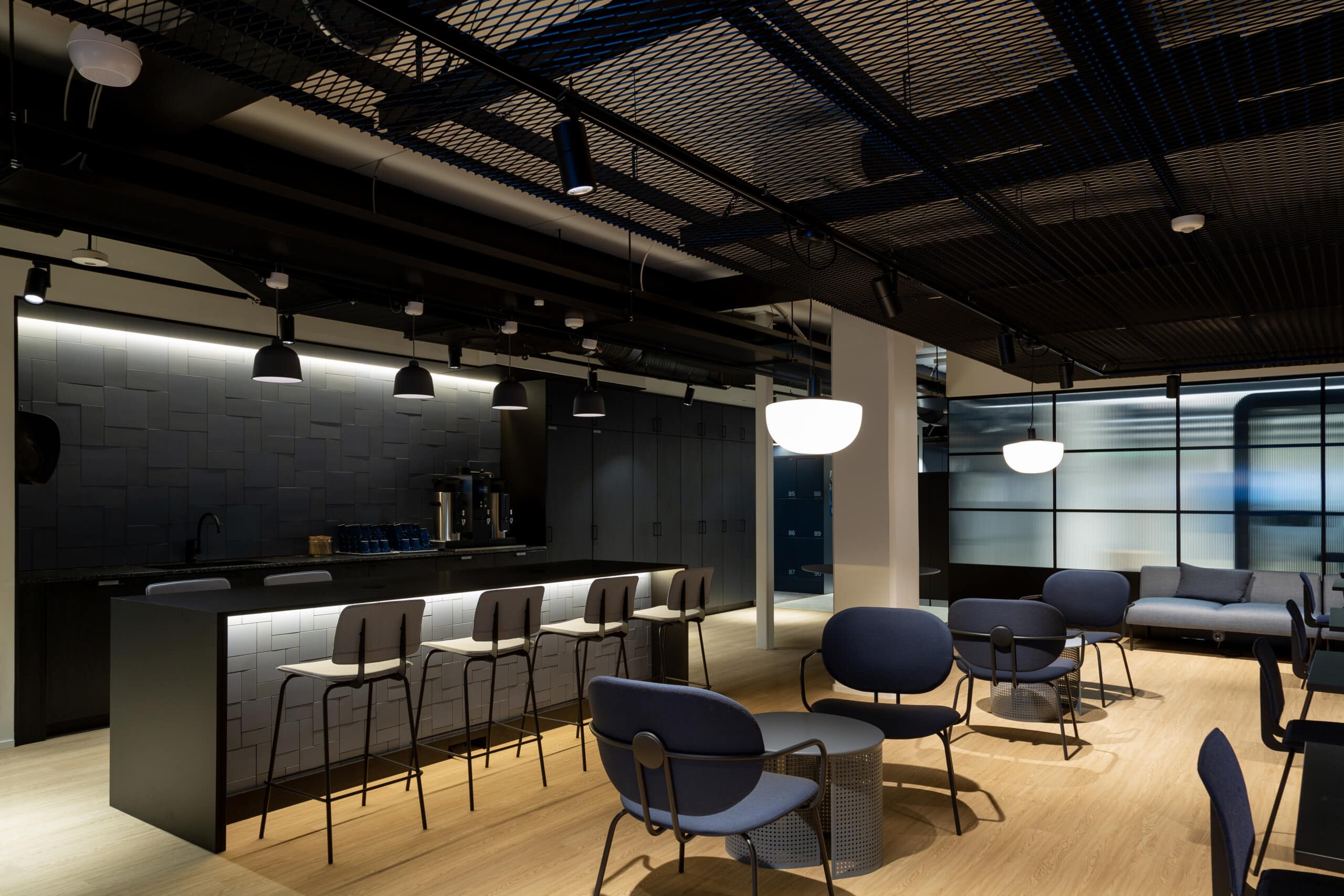
The design project also aimed to enhance employee well-being and update the feel of the company’s spaces with a forward-looking perspective.
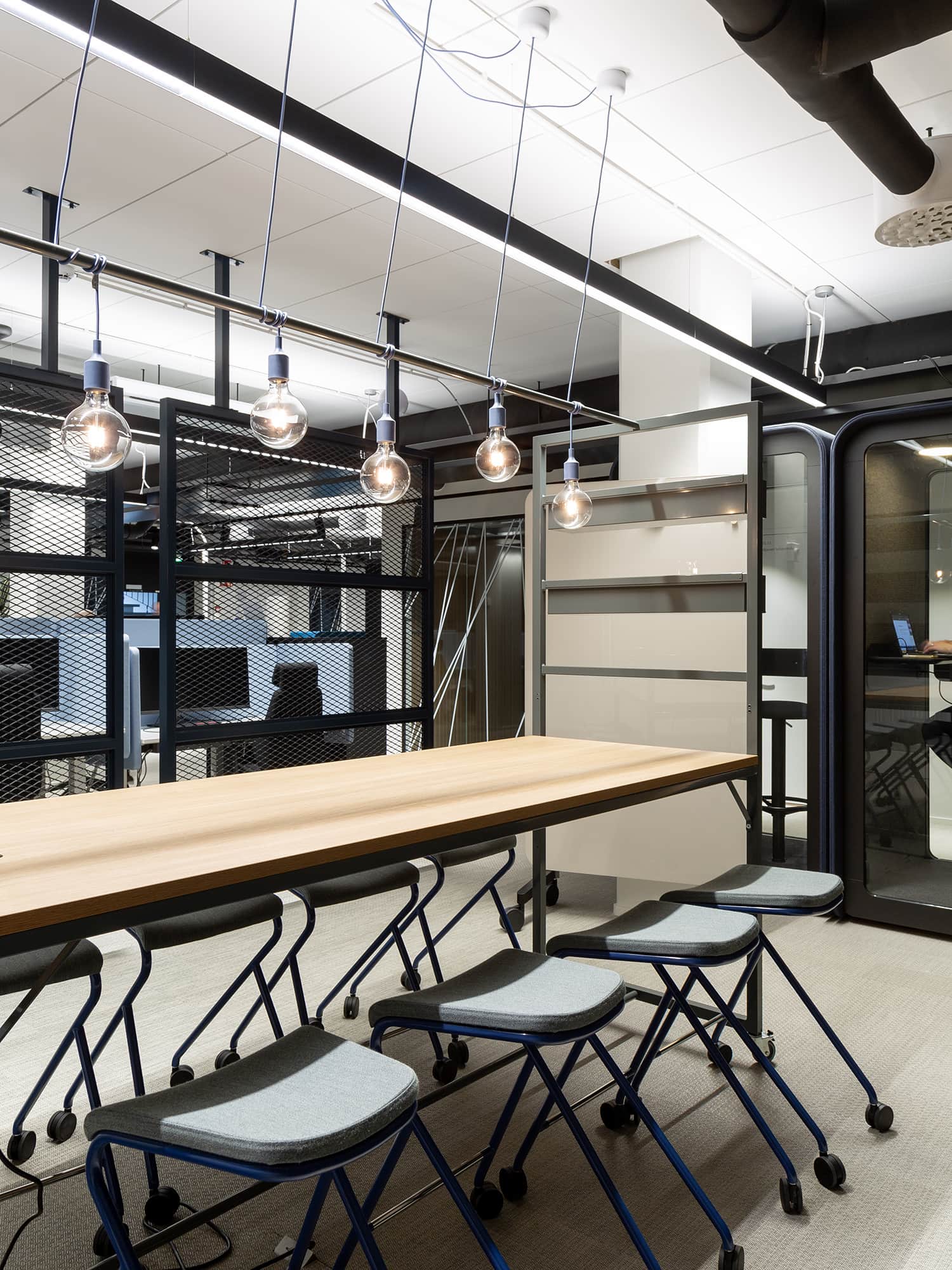
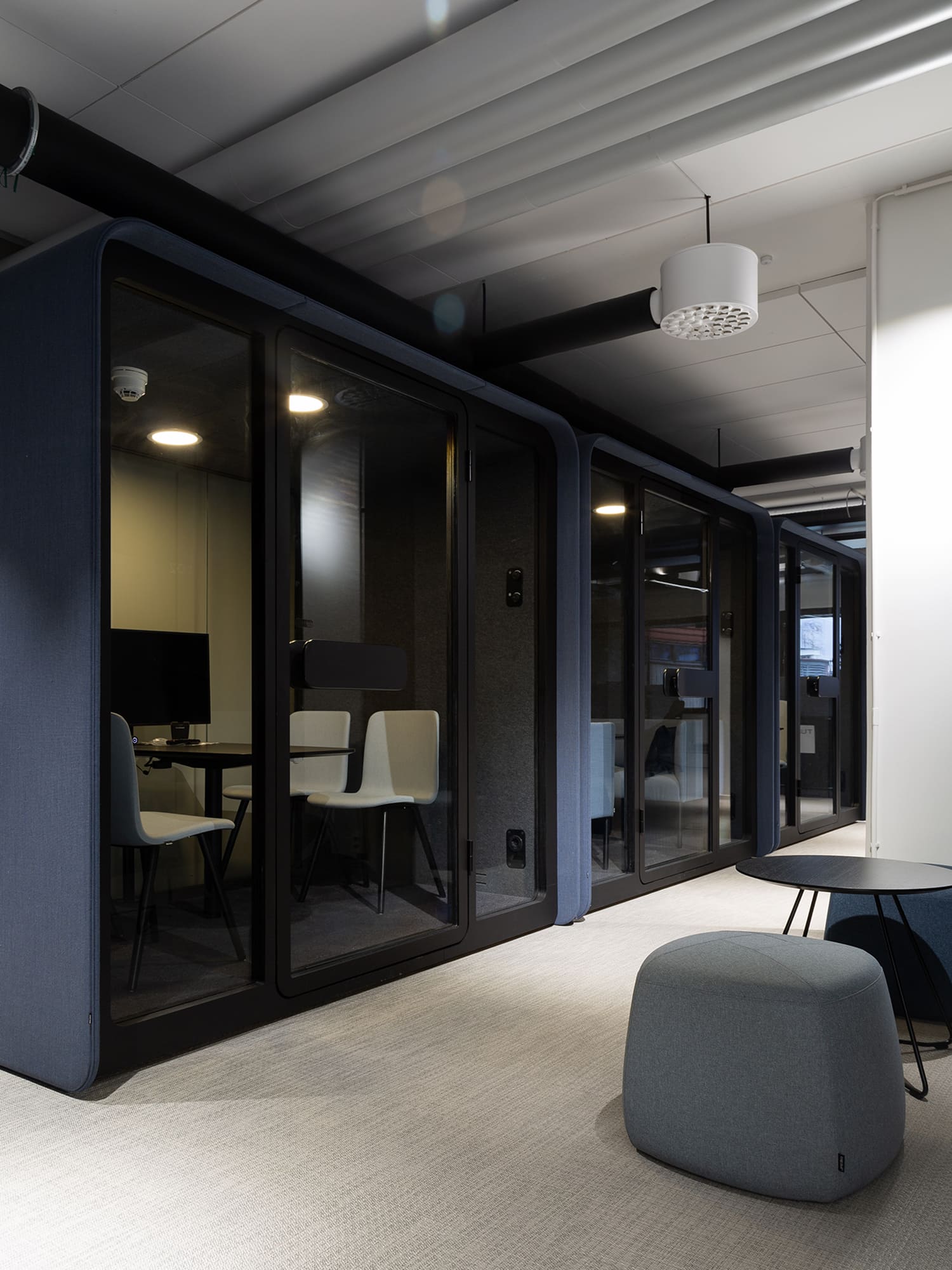
A strong source of inspiration for the project was the company’s industry, and the spaces were infused with an industrial loft ambiance, as well as sustainable and responsible solutions. Color choices incorporated shades of blue and red, familiar from the brand identity, to suit the interior. The plans emphasized lighting and acoustics. The coastal location served as inspiration for the design’s overall look and feel.
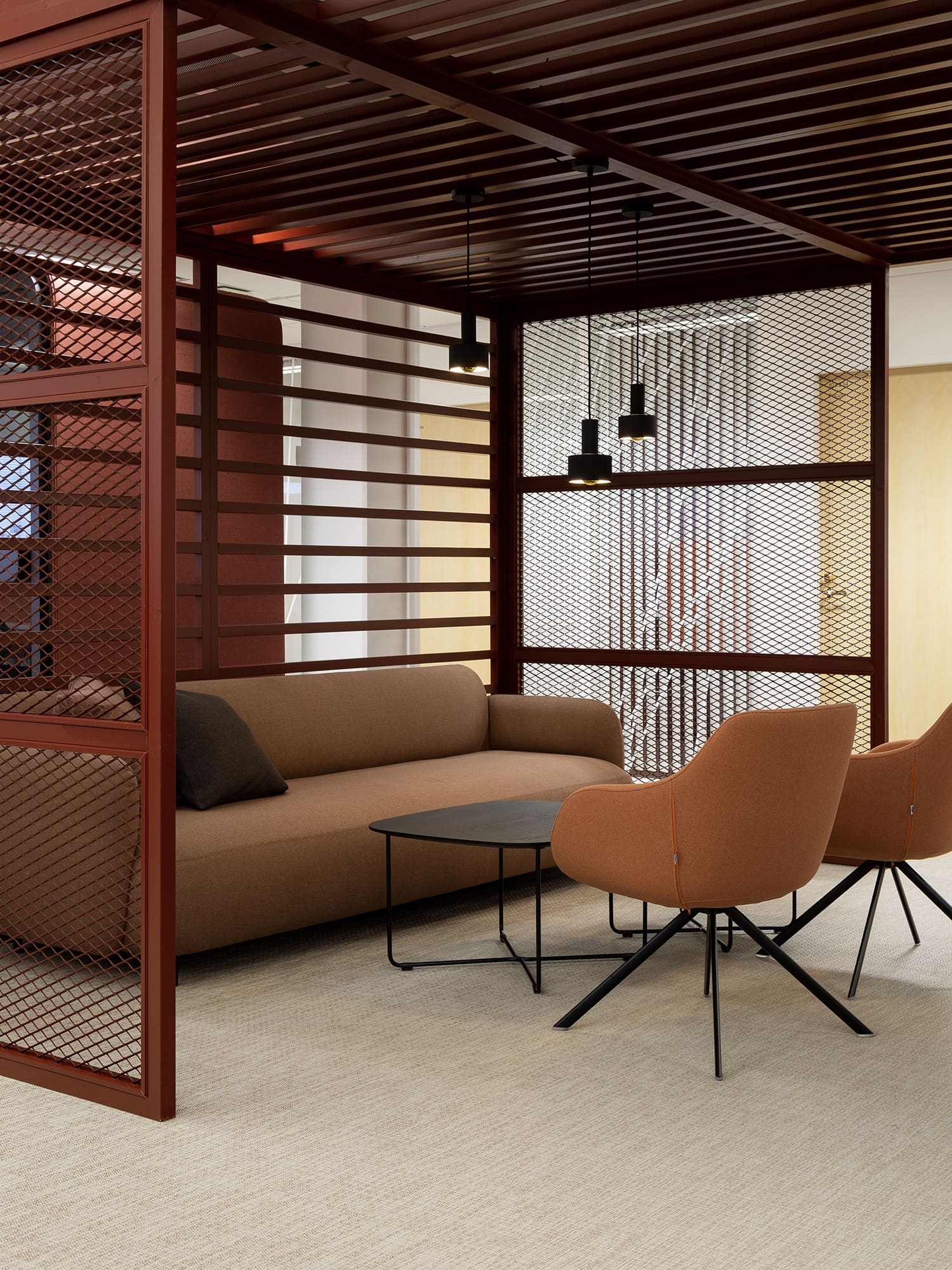
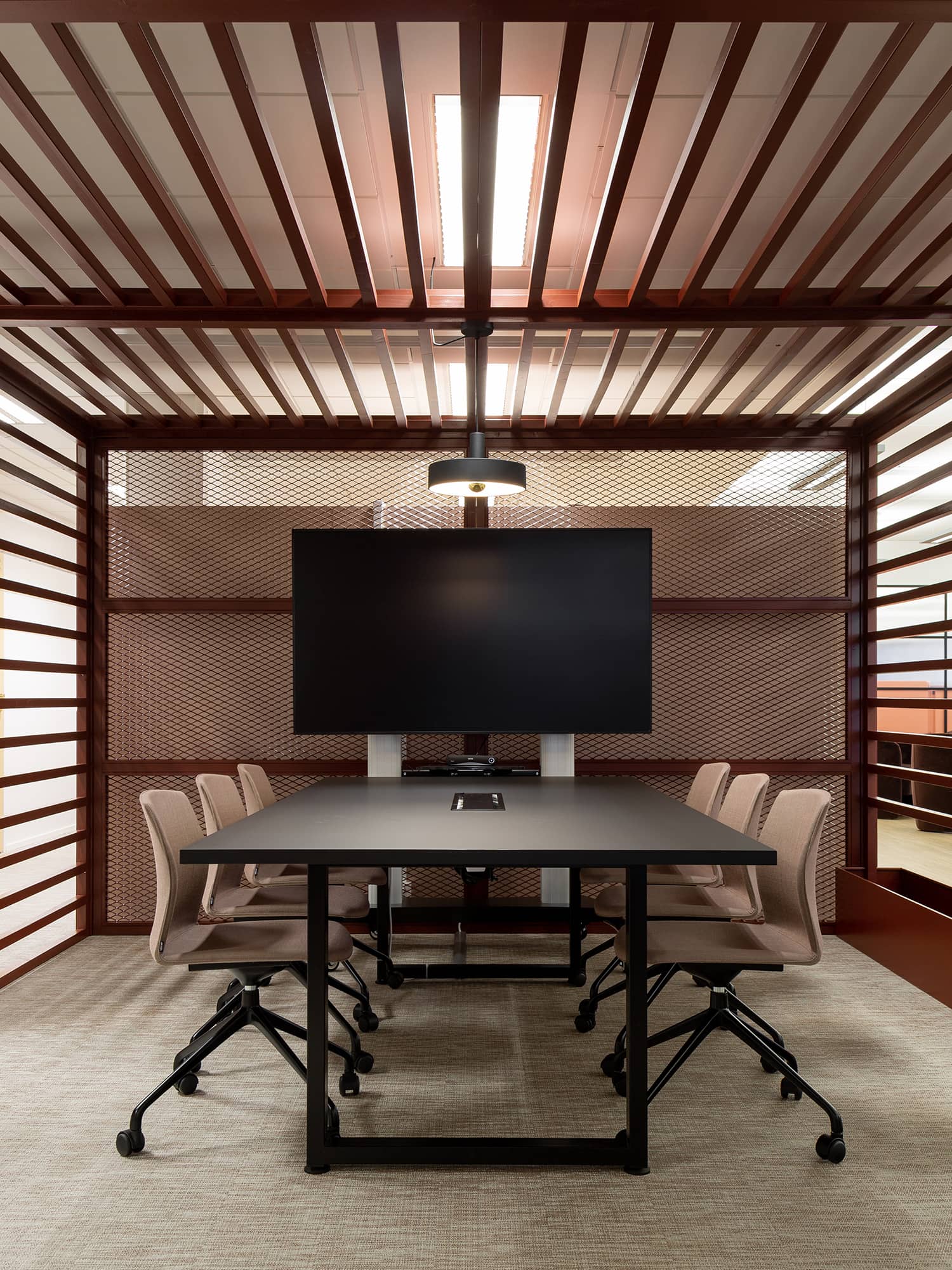
HEADQUARTERS OF THE ENERGY SECTOR
5000 m2
2022
Western Finland
Challenge
The client’s workplace project had already been initiated a year prior. Over the past year, various stakeholders had conducted assessments and surveys, but crystallizing management’s intentions and constructing a project plan was still to be done. Kohina’s initial task was to compile a clear presentation from previously generated materials, which was used to facilitate a goal-setting discussion during a management workshop, resulting in a shared objective for the project. Following that, a project plan was developed, outlining the steps for revitalizing the work environment by involving different levels of the organization.
Within the organization, the aim was to enable work in rotating project teams. This approach already existed within the organization—employees worked in teams on projects or according to the annual schedule, but were situated in different floors and wings of the building based on their line organization. Additionally, dedicated workstations and their fairly fixed seating arrangements were still in use.
For the success of the project, it was crucial to establish a shared vision among the management at the outset—this project also involved employees from various parts of the organization, and the roles of employees varied significantly between different units. Some spaces had recently been renovated, while others clearly required updating.
One challenge of the project was accommodating the organization’s work-related safety practices. Regulations pertaining to the handling of confidential work-related materials had to be taken into account, and maintaining a peaceful work environment sparked much discussion. In an organization that prioritizes safety, implementing changes requires patience to consider essential work-related matters.
Benefits
The design objective was to establish a new way of working between the organization’s units, where employees transition with their changing projects to work in the same spaces as their project teams. Simultaneously, certain functions were centralized from various locations to the central office, enhancing inter-unit synergy and optimizing space utilization.
Additionally, attention was given to employee well-being by designing a cafeteria that saw an updated menu and extended operating hours, enabling staff to work more flexibly even after office hours.
A strong source of inspiration for the project was the company’s industry, infusing the spaces with a design aligned with the industry’s ethos. Simultaneously, the space, which had been plagued by indoor air quality issues, transformed into a desired and inviting, well-being-focused hybrid workspace.
